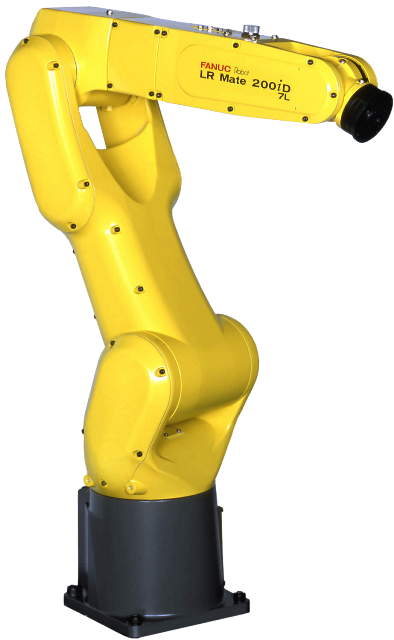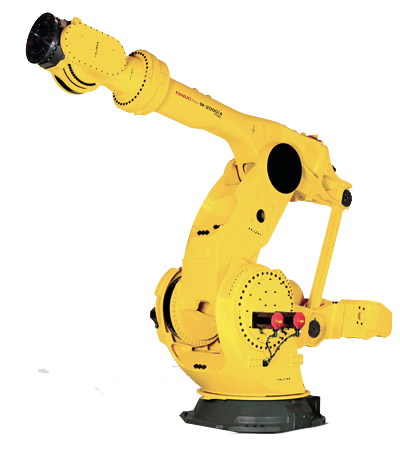2D vs. 3D Robotic Vision Systems
The development of robotic vision systems has expanded the capabilities of industrial robots. Factory robots were once only capable of handling simple tasks with no variations, but today they are more intelligent and adaptable thanks to vision guidance. When it comes to robotic vision choices the two most common are 2D and 3D systems. Understanding the best uses for each will help guide you to selecting the best option for your application needs.
2D Robotic Vision
2D robotic vision systems have been around longer than 3D systems. They have a long track record of being reliable and simple to operate. With 2D vision systems a camera processes an image of an object across x and y planes. Since these systems only provide two-dimensional feedback, they are best utilized for simpler applications involving pre-determined, highly repeatable parts and locations. For example, a FANUC M-20ia integrated with 2D vision is capable of locating a bin containing all circuit boards through programming the location and part type before being deployed. Since the bin contains all the same parts and remains in the same location a 2D camera can be utilized.The main advantages of 2D robotic vision systems are that they are less expensive to integrate than 3D systems, simple to operate, and currently are considered more reliable (mainly due to 3D technology still being new). 2D robotic vision does have some drawbacks. In order for 2D vision to function successfully parts and their locations must be pre-determined and be highly repeatable. Most robotic assembly applications can utilize a 2D vision system. This can limit manufacturing flexibility as robots with 2D vision cannot operate completely autonomously and adjust to part changes on the fly. In addition, applications are limited to very basic versions with the best use of 2D cameras being for simple automated pick and place processes. Another disadvantage is that they cannot operate in low or dim light. For those working with varying parts or looking to automate complex applications, a 2D vision system would not be recommended.
3D Robotic Vision
3D robotic vision systems are still relatively new to the industrial robot world, but they are making a big impression by advancing the scope of robotic applications to cover more complex and advanced tasks that go beyond simple part location. With 3D vision articulated robots are capable of thoroughly inspecting parts for quality control, assembling intricate objects, and dynamically adjusting to varying parts and locations. With the integration of 3D cameras, a FANUC LR Mate 200id is given the autonomy to be able to adjust to handling parts of various sizes and shapes. It receives feedback on the part’s dimensions, orientation, and location in order to dynamically process how to best adjust its automated gripper for proper handling of the part. Most FANUC robots for sale that previously had a vision system still have them integrated.3D robotic vision systems provide greater manufacturing flexibility with the capability for robots to adapt to changes in real-time. This is possible through the integration of a 3D camera with a Time-of-Flight camera that together provide object feedback in six degrees of freedom. A ABB IRB 4600-20/2.50 integrated with 3D vision is capable of measuring a part’s shape, depth, and location, greatly expanding its work scope. 3D vision systems are advantageous as they improve the efficiency, flexibility, and productivity of six axis robots. Both types of vision system add to the advantages of automating with robots
Robots Done Right is the place to start when it comes to used robots. Contact us if you are interested in buying or selling your used robot.




